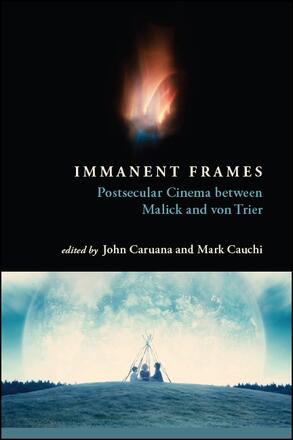
Immanent Frames
Postsecular Cinema between Malick and von Trier
Alternative formats available from:
Explores a growing number of films and filmmakers that challenge the strict boundaries between belief and unbelief.
Description
For some time now, thinkers across the humanities and social sciences have increasingly called into question the once-dominant view of the relationship between modernity and secularism, prompting some to speak of a "postsecular turn. " Until now, film studies has largely been silent about this development, even though cinema itself has been a major vehicle for such reflection. This fact became inescapable in 2011 when Terrence Malick's The Tree of Life and Lars von Trier's Melancholia were released within days of each other. While these two audacious and controversial films present seemingly opposite perspectives—the former a thoughtful meditation on faith, the latter a portrayal of nontriumphalist atheism—together they raise critical questions about transcendence and immanence in modern life. These films are, however, only the most conspicuous of a growing body of works that call forth similar and related questions—what this collection aptly calls "postsecular cinema. "
Taking the nearly simultaneous release of The Tree of Life and Melancholia as its starting point and framing device, this pioneering collection sets out to establish the idea of postsecular cinema as a distinct body of films and a viable critical category. Adopting a film-philosophy approach, one group of essays examines Malick's and von Trier's films, while another looks at works by Chantal Akerman, Denys Arcand, the Dardenne brothers, and John Michael McDonagh, among others. The volume closes with two important interviews with Luc Dardenne and Jean-Luc Nancy that invite us to reflect more deeply on some of the central concerns of postsecular cinema.
John Caruana is Associate Professor of Philosophy at Ryerson University. Mark Cauchi is Associate Professor in the Department of Humanities at York University.
Reviews
"Immanent Frames stands out as a valuable response to an increasing tendency in recent films to tackle religious issues from an open-ended approach … this book will prove an important resource to scholars of religion and film, due to the rich variety of perspectives it encompasses as well as due to the thorough analyses it contains. " — Journal of Religion and Film